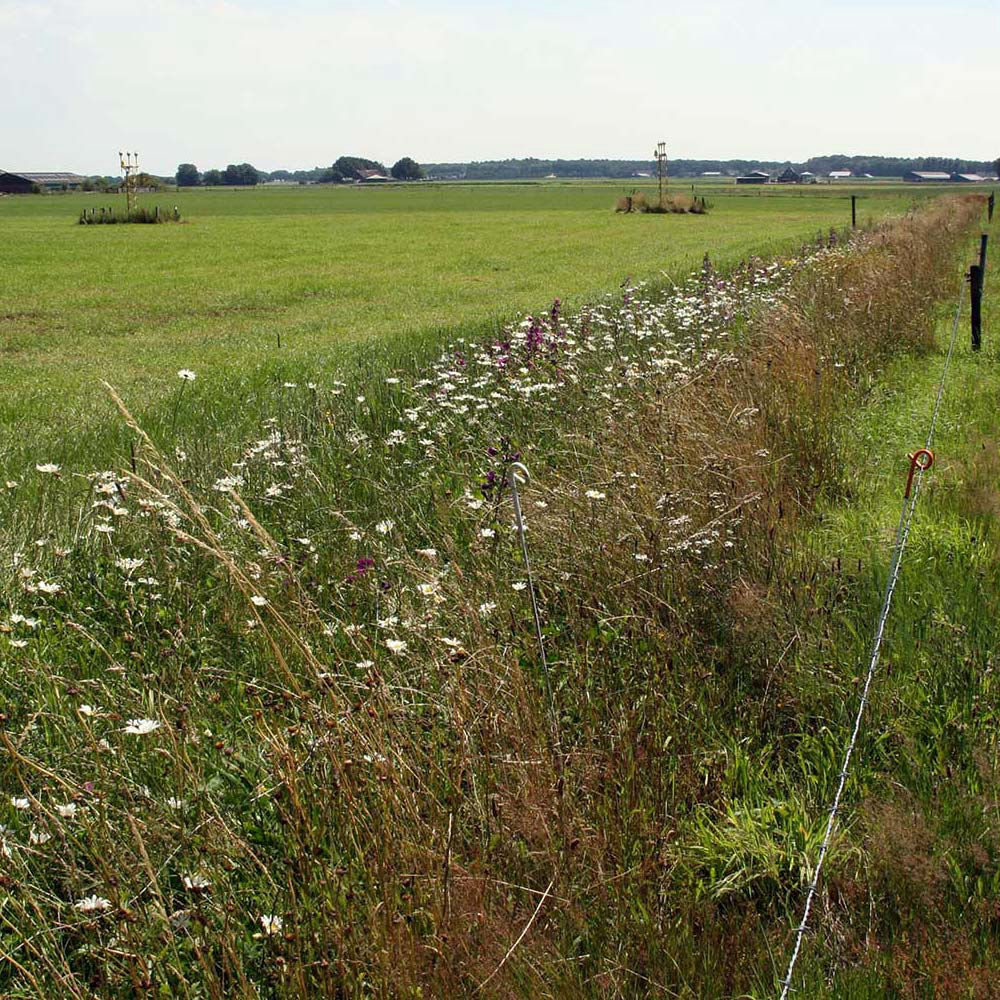
Perennial flower border along farmland in Huijbergen (photo: Wim Dimmers)
What can farmers and farmer organisations do?
The task
Our wild pollinating insect populations (wild bees, hoverflies, and butterflies) are in distress. There are around 20,000 different species of wild bees worldwide, of which around 2000 species live in Europe! A global study by IPBES from 2016 showed that wild pollinators have declined in occurrence and diversity at local and regional scales in North West Europe and North America. In Europe for example, 9 per cent of the bee and butterfly species are endangered and 37 per cent of the bee populations and 31 per cent of the butterfly populations are declining.
Many people take initiatives to help these insects but local measures are not enough. Improving the conditions for pollinators requires comprehensive and cohesive measures over a larger area to ultimately create a landscape where they can thrive: a ‘Bee Landscape’.
Farmers can contribute massively by creating flowery farmlands and borders, maintaining hedgerows and coppices, and reducing the use of chemicals.
Download this brochure to use it offline: What can farmers and their farmer organisations do? (A4, pdf, 3.2 MB)

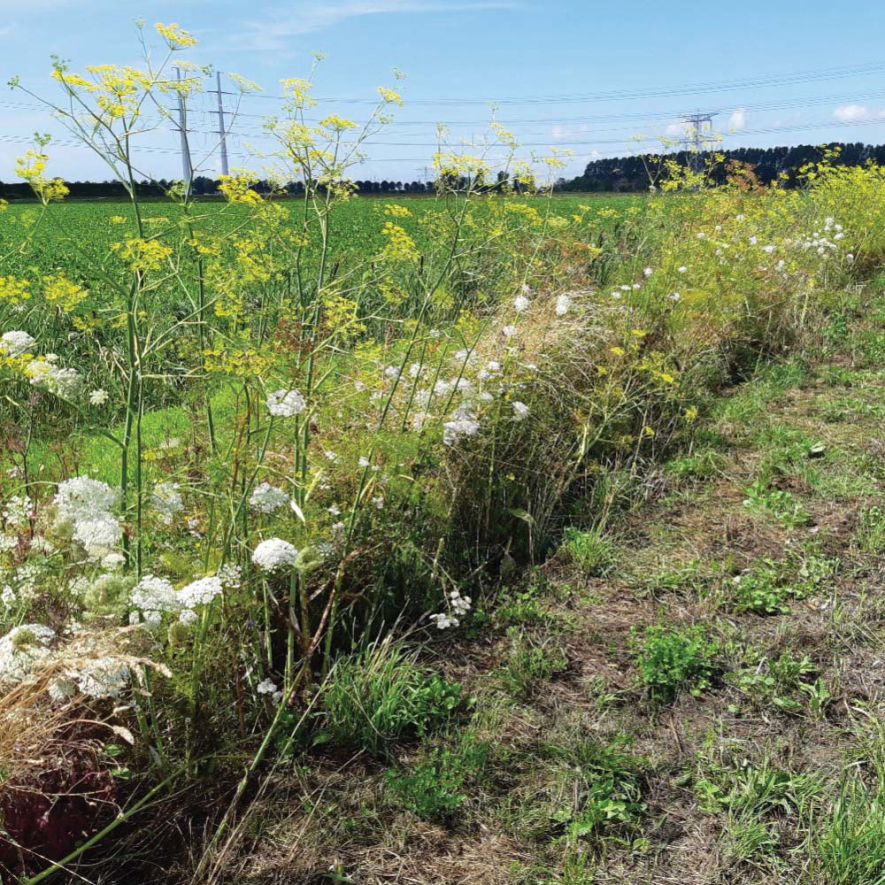
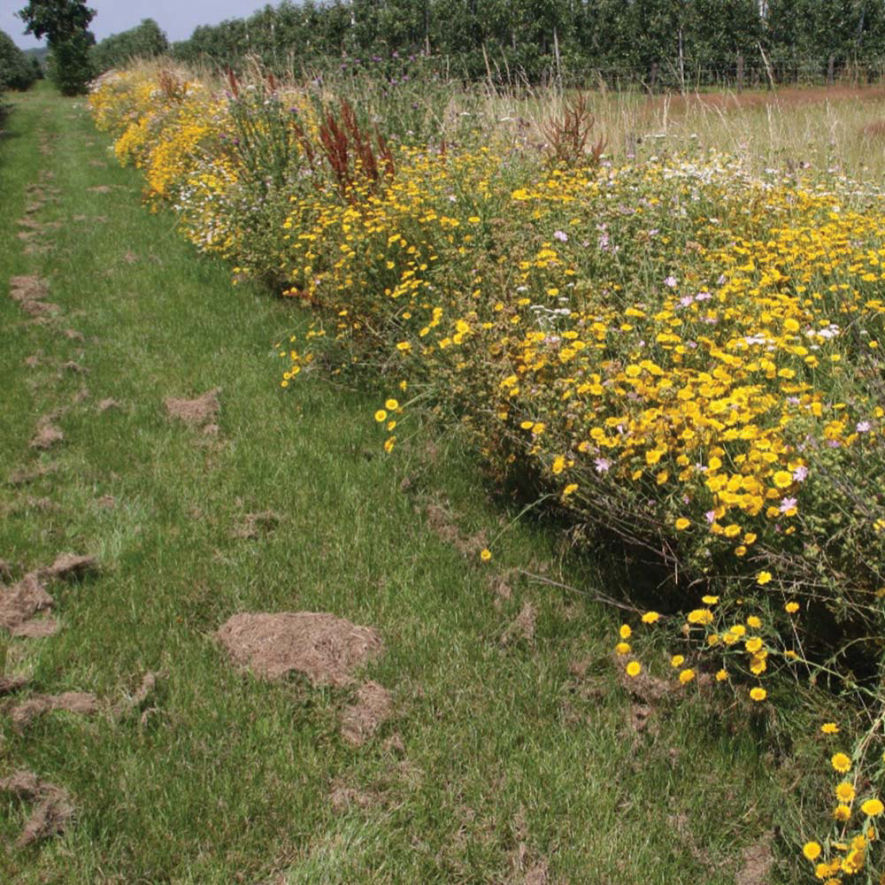

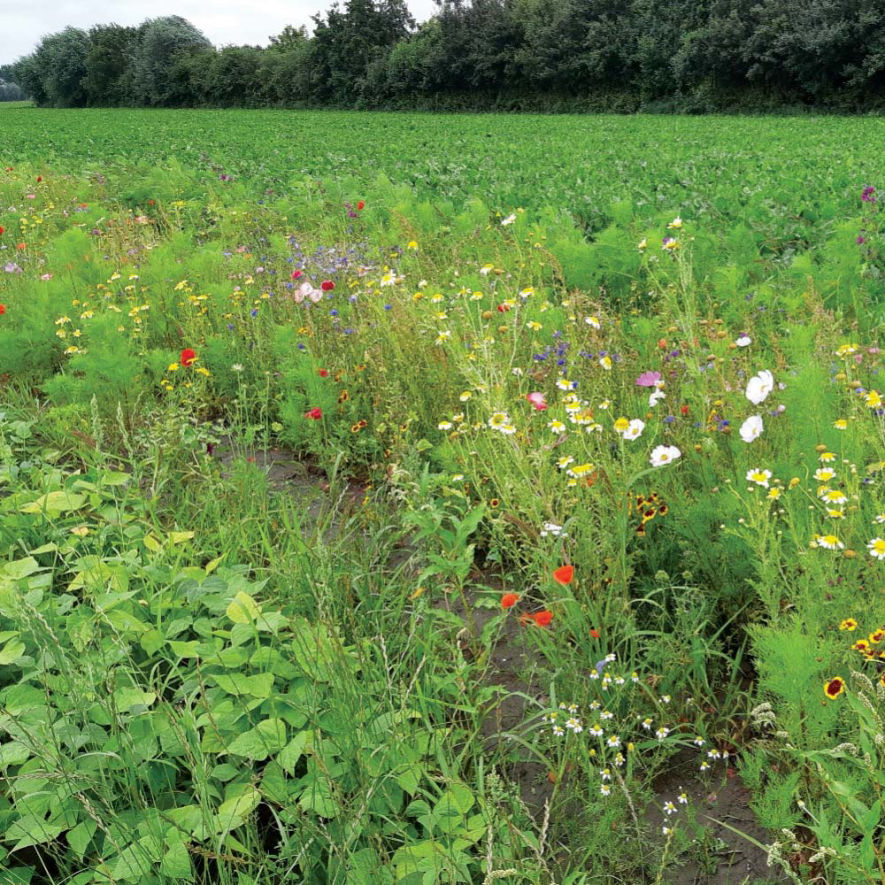
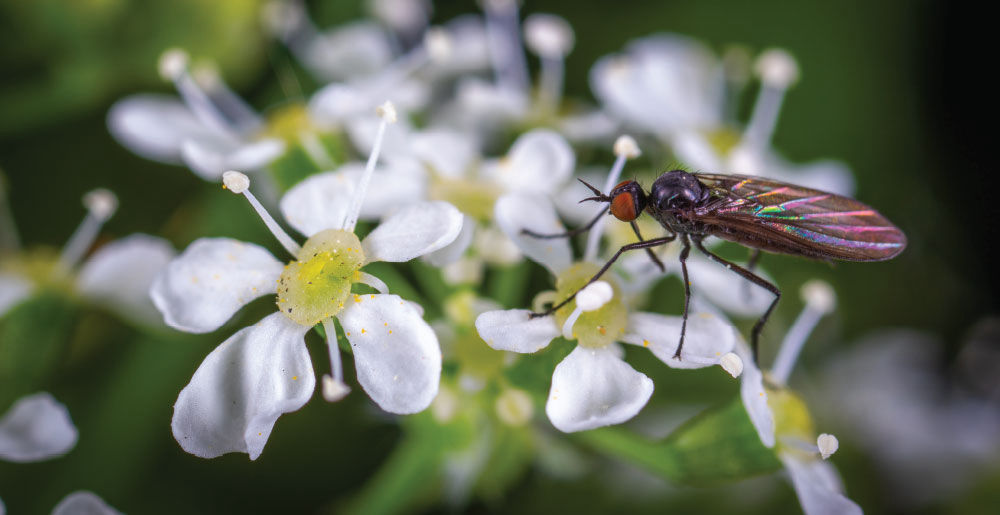
Share this on